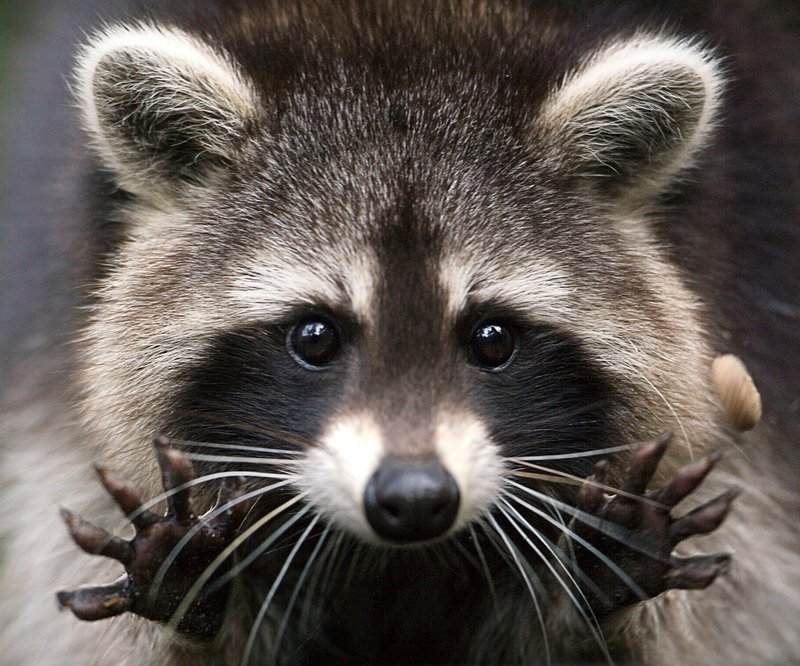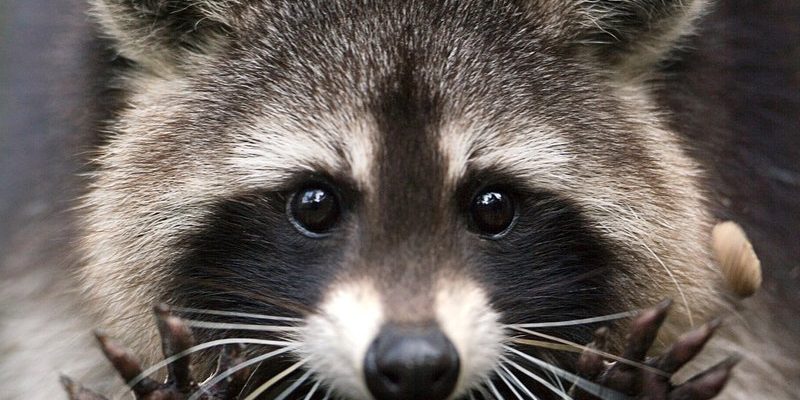
Imagine a cozy den, perhaps tucked away in a hollow log or beneath a thick bush. This is where a mother raccoon prepares for her little ones. With all the chaos of the natural world just outside, she provides a safe haven, much like a safe harbor in a storm. In this article, we’ll dive into the details of raccoon parenting and unveil some remarkable aspects of their lives. So, grab a cup of coffee and let’s chat about how raccoons raise their young in the wild.
Where Do Raccoons Give Birth?
Raccoon mothers, known as sows, typically choose secluded spots for giving birth. These places are vital for keeping the young safe from predators and harsh weather conditions. The den can be anything from an abandoned burrow, a hollow tree, or even the attic space of an old building. You might be surprised to learn that raccoons are skillful builders; they often line their dens with soft materials like leaves, grass, and fur to make it comfy.
Around late winter to early spring, a mother raccoon usually gives birth to a litter of two to seven kits. This is the time of year when food starts becoming more plentiful. Here’s the thing: the mother will stay with her kits for several weeks, making sure they’re fed and protected. She’s like a vigilant teacher, ready to jump into action if any danger arises.
The First Few Weeks of Life
The first weeks of a raccoon’s life are all about survival. These little bundles of fur are born blind and deaf, relying entirely on their mother for warmth, milk, and protection. It’s a pretty intense time for the sow, as she must find enough food to keep herself nourished while feeding her growing kits. You might be wondering how she manages to juggle these responsibilities.
One way she does this is by being resourceful. Mother raccoons are known to forage for food extensively, sometimes traveling great distances to find berries, fruits, or small insects. They also use their dexterous front paws to explore their surroundings, an essential skill that helps them scavenge. It’s like a little survival mission—every day is an adventure filled with challenges.
Teaching Survival Skills
As the kits grow and start to open their eyes, the real fun begins. By around eight weeks old, the mother begins to teach them essential survival skills. You might picture it as a playful classroom, where she introduces them to the wonders of foraging. The kits watch their mother closely, absorbing every lesson, from how to find food to the importance of staying hidden from predators.
During this time, the mother raccoon often leads her kits on short outings. They practice climbing trees, exploring, and even playing together. This playtime is crucial for their development, helping them build social skills and physical strength. You know how kids learn through play? Raccoons are no different—they bond and grow while having fun!
Exploring Their Environment
As the kits reach about three months old, their curiosity increases. They want to know everything about the world around them. Think of it as their teenage years, where every sound and movement sparks interest. The mother will allow them to wander a bit further from the den, supervising closely from a distance. This is when they start to explore their surroundings, learn about potential threats, and refine their scavenging techniques.
During these adventures, you’ll often find the kits climbing and playing in trees. They’re naturally curious little beings, often spending time poking their noses into things they shouldn’t—much like a kid on an adventure! The mother raccoon is always nearby, keeping a watchful eye, ready to intervene if something goes awry.
The Importance of Family Bonds
Family bonds in raccoons are strong, often lasting for many months. While the kits may eventually become independent, the experiences they share with their mother play a significant role in shaping their behavior and survival skills. They learn the ins and outs of their environment, which helps them navigate the world as they grow older.
As they age, the young raccoons continue to depend on their mother for guidance. This support creates a tight-knit family unit, crucial for their survival. However, when the kits reach six to nine months, they start to venture out on their own. It’s a bittersweet moment, much like watching your kids head off to college for the first time—exciting but also a little nerve-wracking.
Independence and Leaving the Nest
Once the kits are about eight to ten months old, they typically leave their mother’s side. This independence is essential for their development. Now, they’ll rely on the skills they’ve learned to find food and avoid predators. Imagine them heading off into the world like young adults armed with everything they need to succeed.
It’s important to note that although they’re on their own, the lessons learned from their mother will continue to shape their behavior. They’ll recall the foraging techniques and survival tactics she taught them, using these skills as they establish their own territories. It’s like stepping into adulthood, carrying the wisdom of their upbringing.
Challenges Faced by Young Raccoons
Even with their mother’s guidance, young raccoons face numerous challenges in the wild. They must learn to navigate dangers like traffic, predators, and harsh weather. Sometimes, they may struggle to find food, especially during dry spells. The skills they learned during their formative months become crucial during these tough times.
Additionally, urban areas pose unique challenges for young raccoons. They’re often drawn to cities and suburbs where food sources are plentiful but can encounter risks they wouldn’t face in the wild. This new environment can be a double-edged sword—offering opportunities but also significant threats.
The journey of a young raccoon isn’t easy, but the strength that comes from their upbringing equips them to handle these challenges.
In the wild, raccoons embody resilience and adaptability. From the moment they’re born to the point when they venture off on their own, these young creatures are nurtured with care and skill. Raccoons provide a powerful example of how family bonds and learned experiences play a vital role in survival.
So, next time you spot a raccoon, remember: there’s a lot more going on behind those masked faces than just scavenging. It’s a story of love, learning, and nature’s intricate web of life. Whether they’re rummaging through your trash or climbing trees, raccoons and their parenting journeys are certainly something to admire.

